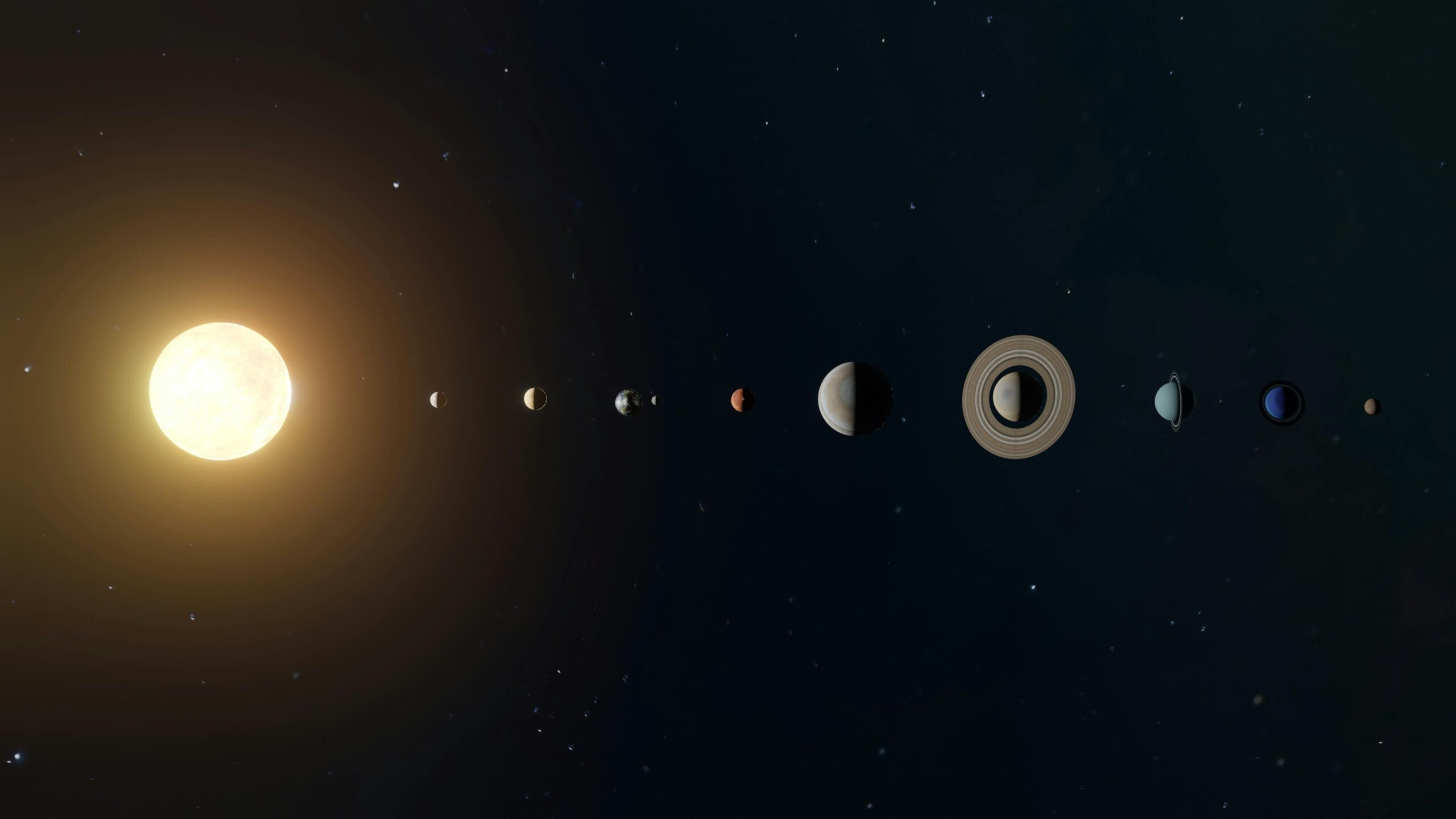(image credit: by Zelch Csaba )
It sounds like a joke, but it’s true: Saturn, the second-largest planet in our solar system, could actually float in water. Despite its size, its composition makes it the least dense planet — lighter than water by volume!
A Planet Made of Gas (and Not Much Else)
Saturn is a gas giant, made mostly of hydrogen and helium, the two lightest elements in the universe. That’s the same mix used to fill balloons and airships on Earth. Unlike rocky planets like Earth or Mars, Saturn doesn’t have a solid surface — it’s essentially a giant ball of gas and liquid with a tiny, dense core at its center.
Because of this, Saturn has an average density of just 0.687 grams per cubic centimeter — much lower than water’s density of 1 gram per cubic centimeter. That means if you could find a bathtub big enough, Saturn would float.
How Is That Even Possible?
Let’s put it into perspective:
Saturn is 95 times more massive than Earth.
But it’s only about one-eighth as dense as Earth.
Its light, fluffy gases are so spread out that they reduce the overall weight-to-volume ratio.
Imagine a giant beach ball — enormous, but filled with helium. Saturn is the solar system’s supersized floaty toy.
Of course, this is purely theoretical — no ocean or bathtub exists that could contain a planet over 116,000 kilometers (72,000 miles) in diameter. But the comparison is a great way to visualize just how different Saturn is from Earth.
Fun Bonus Fact: Saturn’s Rings Are Thinner Than You Think
While we’re on the topic, did you know Saturn’s iconic rings are incredibly thin? Though they stretch out over 280,000 kilometers (175,000 miles) wide, they’re often less than a kilometer thick. If Saturn floated in that mythical tub, the rings might not even break the surface!
Why It Matters
This trivia isn’t just cool party conversation — it reveals a lot about the diversity of planets and how composition affects behavior in space. Saturn’s low density tells us:
It’s made mostly of light gases.
It formed far from the Sun, where such elements could condense.
It lacks a true solid surface, making landings and missions incredibly challenging.


